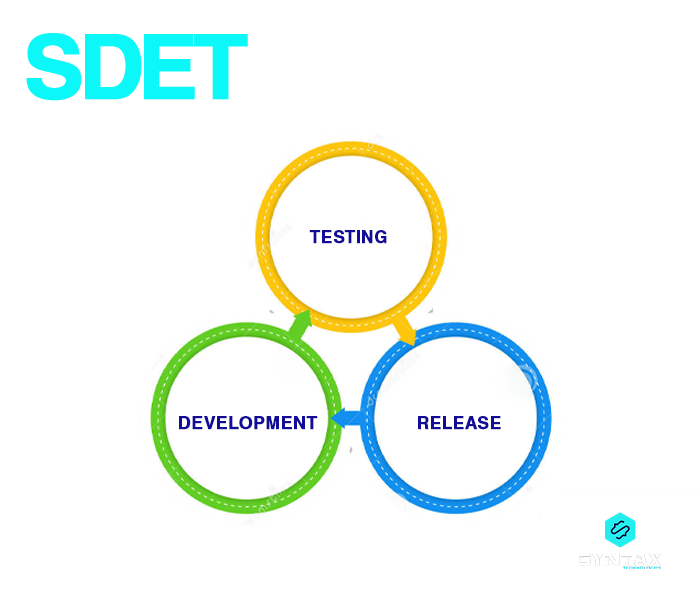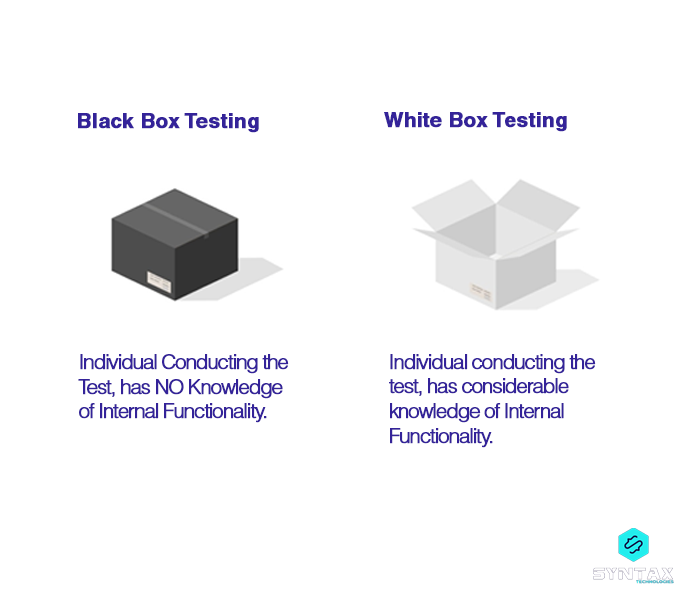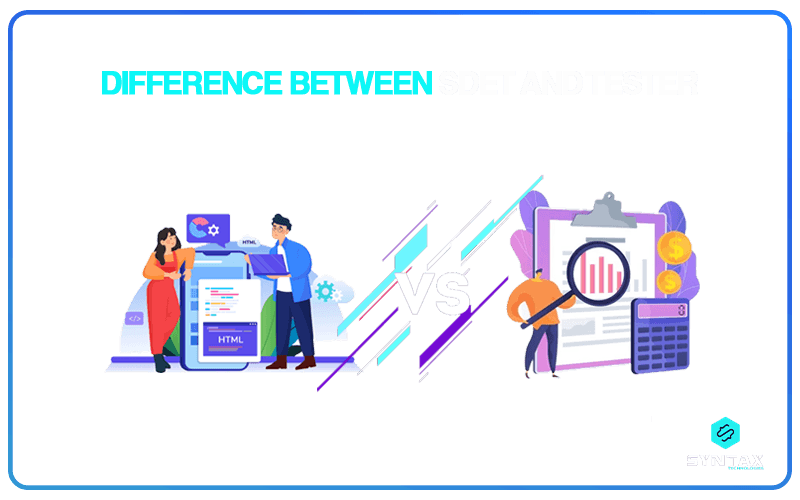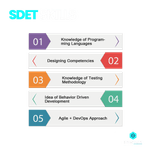Optimism is the Occupation Hazard of Programming; Feedback is the Treatment – Kent Beck
In the lifecycle of software development, the phase of software testing is of paramount importance. It helps in determining the viability of a software product before it is released into the market and made available for the end-user.
Testing is significant because it helps in testing the quality and reliability of the product, is a check against undue optimism and helps in delivering full-proof services to customers. Even then, it is important to remember that the field of testing itself is quite vast.
Software Testing might be of different kinds (involving the role of a manual tester as well as a test automation one) and the process might involve the activities of different kinds of personnel, each with a specific background, professional designation and skill set. However, since all these individuals are ultimately involved in the process of testing, it is quite common to consider them as being similar.
In this blog, we will try to answer the question: What is the Difference between SDET and TESTER? by looking at what is Software Development Engineer in Test and the way they share certain overlapping features as well as are different from manual testers.
What is SDET?
SDET is the acronym for Software Development Engineer in Test. The position refers to an IT professional who happens to remain engaged, both in the software development as well as testing of the software. These are professionals who are skilled in Software Development as well as Quality Engineering.
They not only participate in developing and writing test scripts, but SDET testing also helps in fixing bugs as part of the process. Thus, they help in replacing repetitive manual testing with test automation.

In order to meet the challenges of market competitiveness and enhance responsiveness, it was increasingly realized that it is unavoidable to do away with the conventional separation between the process of writing codes and the process of testing its quality. This is where Software Development Engineer in Test step in. They are professionals who can write codes as well as test them, making them assets for the organization.
Check out our blog on What is QA Automation Testing? for a more detailed understanding of this budding career role.
Who is a Tester?
As the name suggests, a tester is essentially someone who tests a given software product in order to make sure that it has met the requisite quality standards. They assess a software for the presence of any kind of bugs and defects. They are not aware of the application code, nor do they write them. They do not take part in the software development process.
Difference between SDET and TESTER
Since Software Development Engineer in Test (SDETs) are technically testers as well as software developers and are yet quintessentially a part of the testing and not the development phase of the software lifecycle, it is quite common to assume that SDETs and Testers are the same.
However, there are some technical differences between the two. Lets look at some of them.
- Professional Skills
SDETs do possess testing as well as development competencies; while testers are essentially responsible for executing test cases by automation or manually. In crude terms, SDETs are believed to be professionals with higher skills than those of a hand/manual tester.
- Scope of Testing
The Test Scope for SDETs is usually much vast as compared to that of a tester. This is because SDETs are acquainted with the coding details of the software and along with their programming skills; they conduct white box testing (testing the internal working and structure of an application).
On the other hand, testers have no knowledge of coding details of the software and with limited programming skills; they conduct black box testing (testing the functionality of the application without any knowledge of the internal structure of the program or code).

- Automation Skills
Given their competitive skill set, SDETs are capable of automating repetitive tasks as well as have expertise to develop Test Automation Tools. Testers generally possess very little or even no test automation skills and are not expected to participate in Test Automation Tool development.
- Professional Responsibilities
A SDET Job Description can be considered to be more comprehensive as compared to a normal tester. SDETs are expected to undertake additional responsibilities including security testing, test environment setup, performance testing, functional testing, automation of scenarios, creation of test automation frameworks and so on.
Testers are essentially expected to focus on testing the functionality of applications and other activities which fall solely under the domain of software testing.
- Test Case Subjectivity
This implies that whether a given test scenario would require the involvement of SDETs or it would suffice for the hand testers to execute the test, would depend upon the nature of the test to be conducted.
For instance, when it is required to write any line of code, as in the case of testing of an API; then it becomes essential to involve SDETs. However, when there is no need to write any line of code as in the case of testing GUI or user interface; then it can be performed by testers.
- Compensation
SDETs generally command a greater market value and are offered higher monetary packages as compared to manual testers. This is because SDETs are believed to embody varied skills and are considered to be capable of performing diverse responsibilities, when compared to manual testers.
SDET vs. Automation Engineer
The differences highlighted in the above section, largely pertains to the distinctions between a SDET and a Manual Tester. The demarcating line between a Software Development Engineer and an Automated Tester or Automation Engineer, is all the more blurred and quite overlapping.
The only difference between the two would stem from the fact that a SDET can be considered to be more close to a developer than an automation engineer who happens to be solely concerned with test automation.
This implies that SDETs can write unit test cases, write and review codes as well as understand the internal structure of an application and the coverage of the test. On the other hand, Automated Testers can also write codes which can help test an application. However, they are not really acquainted with the way in which the software is built.
While, SDETs might work with developers as well, to understand the code; the role of an Automation Engineer begins after the development process is completed.
SDET vs. Developer
Since SDET stands for Software Development Engineer in Test, it is quite easy to understand that SDETs do possess certain skills which make us think about them as being quite close to developers.
While this is not entirely wrong, it is not entirely true either. SDETs do possess knowledge of programming languages which help them build automation scripts. However, the role of a developer is much more than that.
Apart from possessing knowledge of programming languages, developers are also responsible for building the framework and features of a software. On the other hand, SDETs are only responsible for testing the workability of these features.
Conclusion
It is evident that the position of an SDET can at best be understood as a continuum where in some respects, he inclines towards the developer, while in some, towards the tester. Given the fact fact, that the professional designation happens to embody diverse skills and entails multiple responsibilities; SDETs often share characteristics with those of Automated Testers, Manual Testers or Developers.
Given the vast repository of knowledge that an SDET possesses, he happens to be in high demand within the tech industry. If you are trying to make sense of the pathway which can help you evolve as a Software development engineer in Test, do read our blog on “How to become a QA Automation Tester?“
Given the massive opportunities available for SDET career aspirants; there is a lot to gain from this job. We, at Syntax Technologies, provide you with an outstanding opportunity to acquire expertise in the field of being a SDET. Learn more here.


